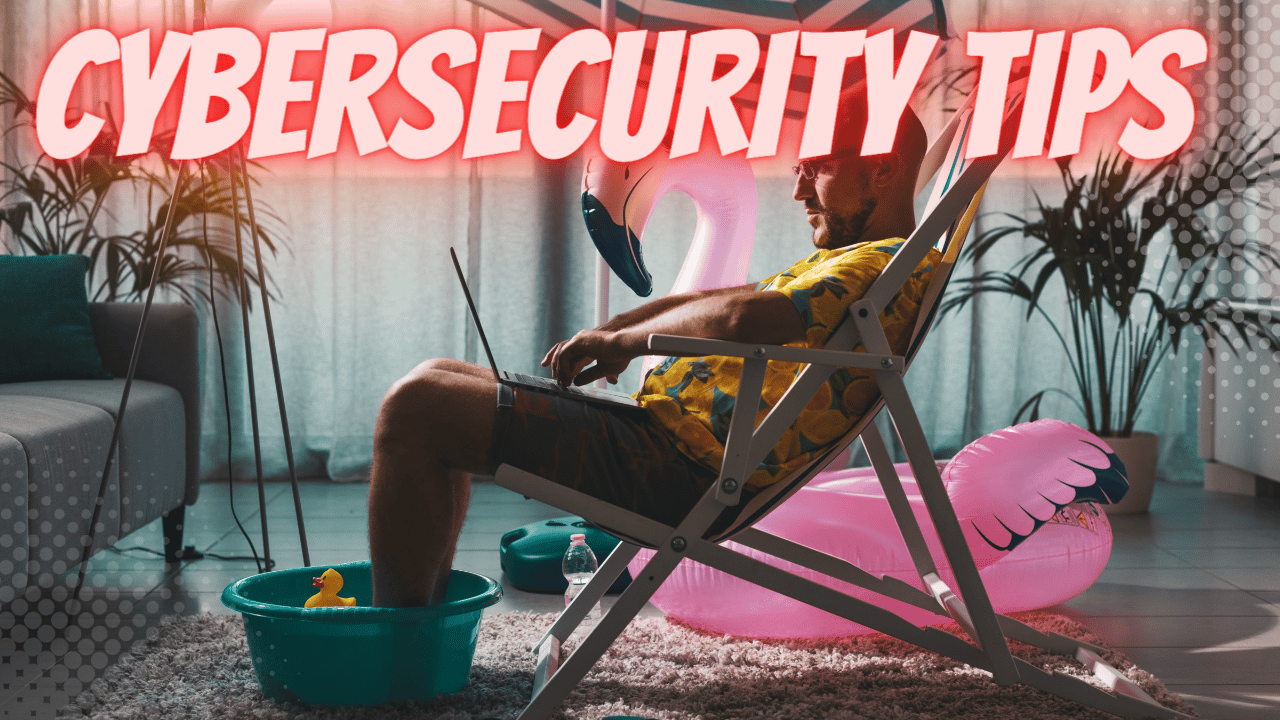Cybersecurity Tips for Remote Working
Key Points
- Remote working during the pandemic has led to a rise in cybersecurity incidents.
- Cybercriminals are exploiting an organization’s infrastructure vulnerabilities by exploiting the remote working environment.
- Organizations and employees should stay updated on the required cybersecurity guidelines to adapt to remote working and thus minimize online threats.
- Organizations should also train their employees on the best remote working practices to avoid cyberattacks.
2020 will go down in history for many reasons, one of the biggest ones being the year that organizations were forced to make a shift to remote working. By and large, all went well, but not without hurdles – like missing the person-to-person interaction, experiencing burnout, and being forced to join meetings via videoconferencing.
One not-so-common but the critical challenge of having a remote workforce revolves around the increase in cybercrime owing to the distributed work environment. In light of this, companies have had to introduce more stringent cybersecurity measures.

SECURITY BEST PRACTICES FOR REMOTE WORKING
Remote working has gained a lot of popularity in recent years. And while it has had many advantages such as cost-cutting and keeping the workforce safe in the wake of COVID-19, it comes with many security risks, such as phishing attacks, malware, and more. Therefore, organizations and employees must stay ready in case of potential attacks.
Here are nine cybersecurity best practices for remote workers:
1. UPDATE YOUR HARDWARE AND SOFTWARE
As a rule, do not ignore the small pop-up windows that notify you when software updates are available. Upon getting this notification, ensure you install the updates as soon as possible. In addition, advise your employees to install auto-updates for their smartphones and computers.
2. USE A VPN WHEN ACCESSING COMPANY RESOURCES
Other than ensuring online privacy, a Virtual Private Network can help protect your network from being intercepted by cybercriminals. A VPN will automatically encrypt incoming and outgoing traffic and hide the employee’s location so they do not become an easy target for cybercriminals. Therefore, your organization should have company-wide VPNs and require employees to remain connected.
3. CLASSIFY YOUR DATA
Data classification helps support the confidentiality of information. You should have a classification system that facilitates the protection of sensitive company data. Once you sort out the different data types, you can easily separate your critical data from general data.
Data can be grouped into different categories, such as:
- Public – Data that can be accessed by the public
- Internal – Data that can only be accessed by employees
- Confidential – Sensitive information that, if breached, could affect operations
- Restricted – Very sensitive company data that, if compromised, could jeopardize the entire organization.
4. REMEMBER TO BACK UP EVERYTHING
While going paperless is a great strategy to reduce waste and take care of the environment, you must take deliberate actions to protect digital documentation or risk losing them all to malicious parties. For example, critical documents such as contracts, invoices, and employee files must be stored safely because losing any of these can be detrimental to your organization. As such, you should always make copies of all important documents and keep them in a backup server in case something is out of your control, and the original documents are lost.
5. NEVER USE PUBLIC WI-FI
One of the best perks of remote working is being able to work from anywhere, including restaurants. That said, employees should be educated on the risks of using public Wi-Fi. For example, most cybercriminals can easily intercept your traffic using strategies such as DNS spoofing and eavesdropping. Once an attacker connects, they can gain access to sensitive company information.
6. USE STRONG PASSWORDS
The first and one of the most efficient lines of defense when protecting your organization from cybercriminals is using strong passwords. Therefore, it is important to encourage your employees to practice good password hygiene.
A hacker only needs one weak password to access your company’s critical systems. The IT team should introduce efficient password creation and management policies to prevent data breaches. The passwords should be unique and long and have a combination of letters, numbers, and special characters.
7. DO NOT SHARE COMPANY DEVICES
If you have provided your employees with computers, ensure they do not use them as personal devices and vice versa. Also, encourage them not to log in to platforms like Netflix and WhatsApp to avoid being targeted by attackers. These simple guidelines will lower cybersecurity risks and prevent the theft of critical company data.
8. ENABLE MULTIFACTOR AUTHENTICATION
Although having a strong password is highly recommended, there are circumstances when even the best password management practices will not protect you from an experienced cybercriminal. This is where multifactor authentication comes to play.
Multifactor authentication requires you to use more than one form of authentication to log in to an account. If your username and password are compromised, the attacker will require more information to access your personal data. You can encourage your employees to use apps such as Authy and Google Authenticator.
9. BEWARE OF PHISHING SCAMS
The pandemic period saw an alarming increase in phishing scams. A phishing email is an email that comes with an attachment that the cybercriminal intends you to click on. If you are unaware and click on the image or link, you could unleash malware onto your device, which can cause an entire system disruption.
Therefore, practicing not clicking on suspicious links or attachments is always advisable. What’s more, do not forget to triple-check to confirm that the link was sent by your company and follow the company’s cybersecurity guidelines.
THE LOWDOWN
Cyberattacks keep increasing by the day. Taking this into consideration, you should implement extra measures to safeguard the security of your networks. While at it, keep in mind that cybersecurity attacks keep evolving by the day, so you should always stay alert and updated. By following these simple guidelines, you will be better positioned to protect your employees and organization from the common security risks they face when working from home.


